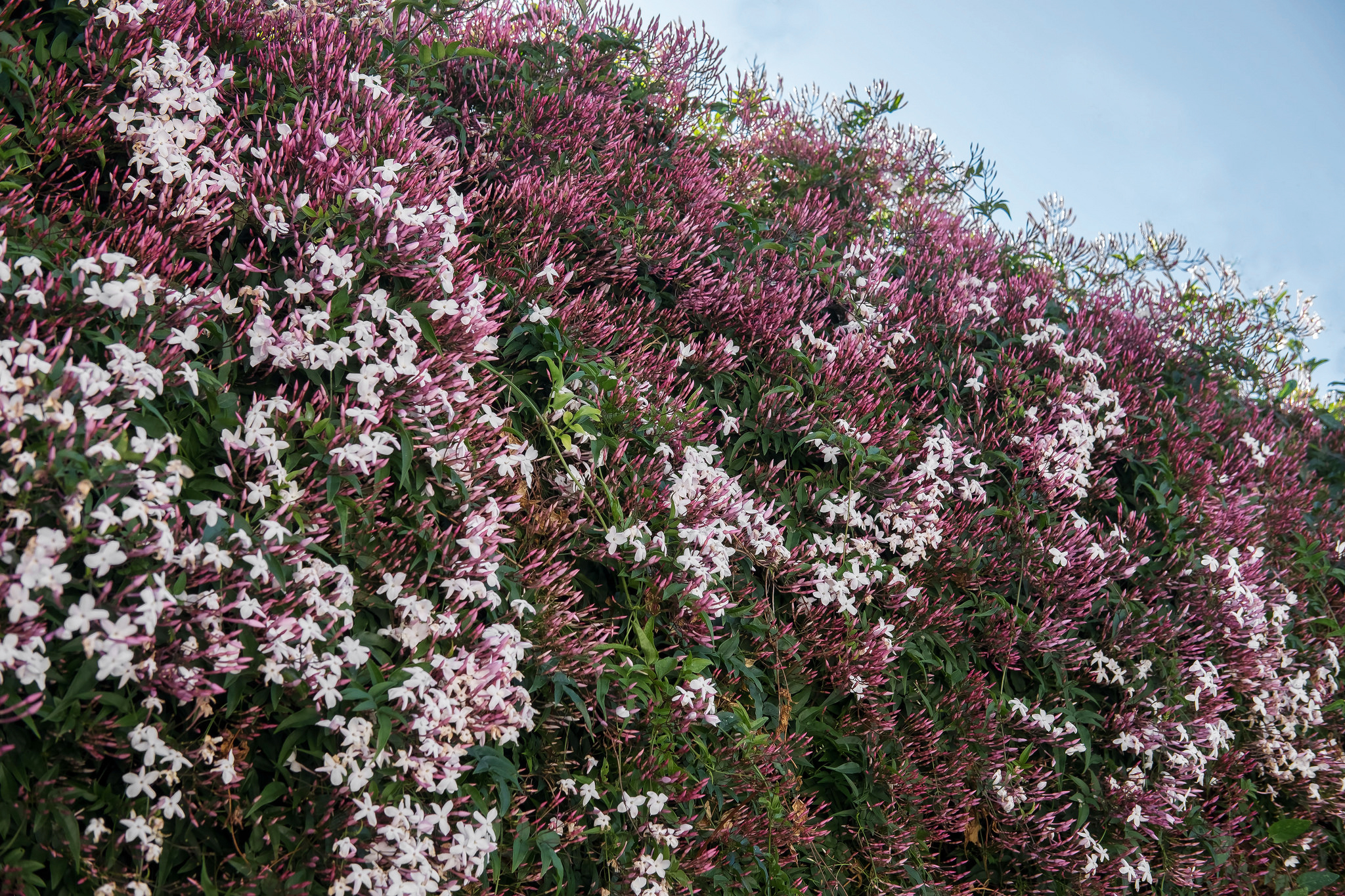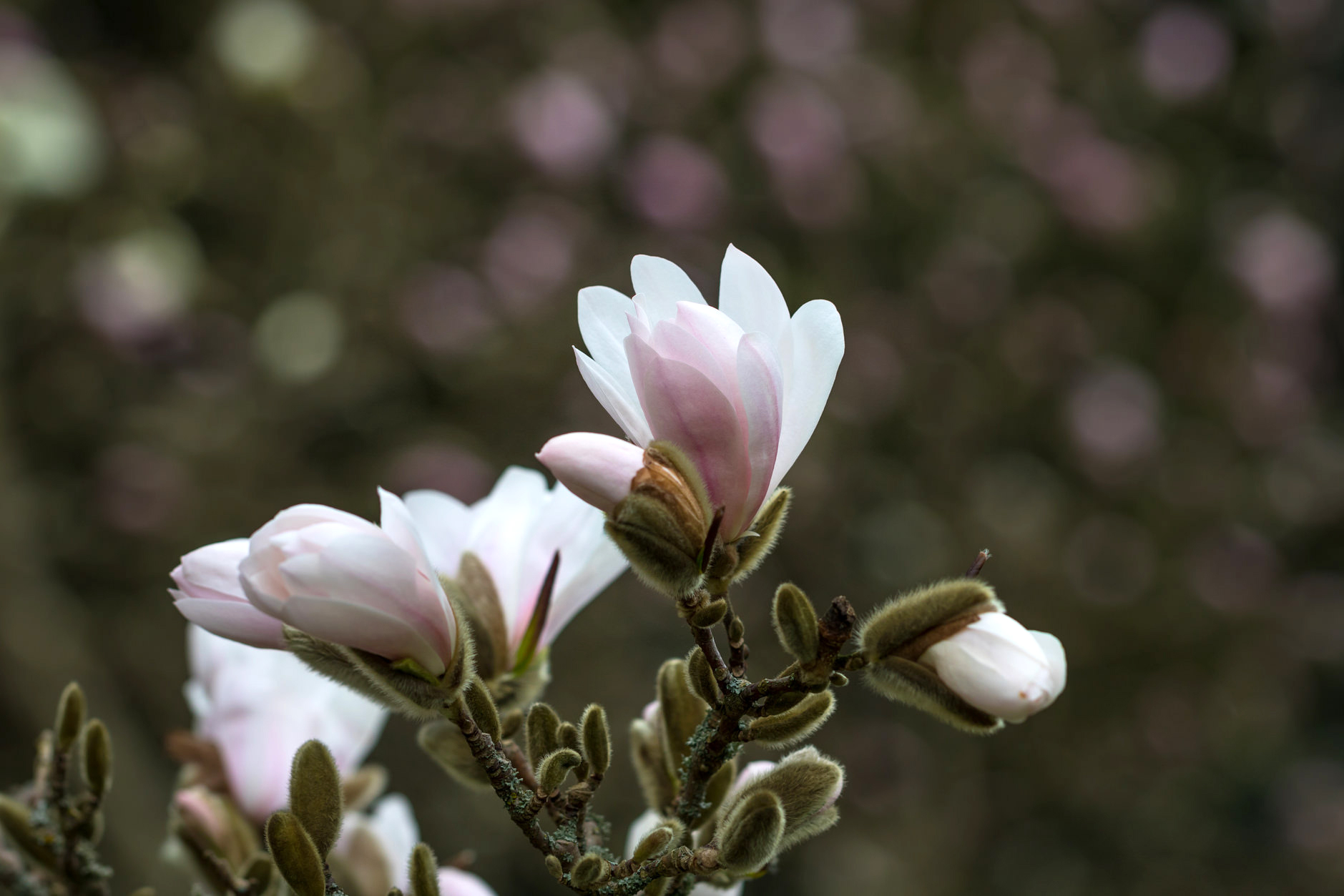
Inside The “Slow Perfume” Movement
“We’ve gotten to the point where probably seven multinational chemical corporations are controlling about 85% of the scents all the way down to household fragrances and lotions, and all the way up to perfumery,” says Holladay Saltz, the perfumer behind Apoteker Tepe, a handmade fragrance company whose scents evoke ephemeral, abstract concepts like “the stirring undergrowth of spring” (with notes of soil, mushrooms, and moss) or “deconstruction of amber” (with Spanish wildcrafted labdanum absolute and Tahitian vanilla).
“When you go into Sephora or Macy’s and you smell a fragrance and it says ‘this is jasmine’ or ‘this has notes of’, what that really means is it’s being evoked by synthetics,” Saltz continues, “There’s nothing wrong with synthetics…My fragrances are a hybrid– that’s something important to note: I’m not anti-synthetics. Some of these materials would go extinct if we were trying to push them into the mass market…But, I think it’s equally disturbing when you get to the point where most people have not actually smelled jasmine, or rose, in a fine fragrance. Or they think that they have. Some of these very, very storied, old materials people have completely lost touch with.”
Like the Slow Food movement before her, Saltz hopes to bring consumers back to their olfactory roots, exploring the rich history and complex identities of different scents as a way to embrace more meaningful connections to past and present.
“When I was starting the line, my inspiration was to put forward these raw materials and the story behind them, and to allow people to experience things they really haven’t ever experienced, even though they think they have,” Saltz explains. “Even people who have smelled a lot of different fragrances will say [of my fragrances], ‘Why does this smell so different from everything else?'”
Unfortunately, Saltz’s parallels with Slow Food extend to the challenges as well: like the Slow Food movement, production quickly encounters the issue of scale; the small, hand-crafted approach necessarily enforces its own limits. But Saltz isn’t deterred by her bounded scope, and has instead chosen to embrace it.
“As I move forward, I’m actually going to produce like a vintner produces, instead of having to continue to produce for all time, which is what people expect,” Saltz reveals. “The materials I’m using are tended very much like a vineyard…I’m not able to actually produce the exact same fragrance from batch to batch, and I want to actually highlight that going forward, instead of trying to hide behind it. I want to confront it, and say, ‘This is only produced for this year, for 1,000 bottles, and once it’s gone, it’s gone.'”
But where Slow Food had the advantage of centering on a substance and process absolutely necessary for survival, smell is often dismissed as the least important of the five senses, and perfume is typically excused as a luxury. Saltz, however, sees fragrance as touching on a deeper thread of the human experience.
“What we’re taking into our bodies from the external environment really only comes through our mouths and our noses– that’s how we’re actually melding with the external environment, with the world,” Saltz says of her work’s shared heritage with Slow Food. As she points out, smell is a sense we are almost always engaging with, consciously and unconsciously, yet it is rarely given an equal footing with taste, touch, sight, or sound. In short, the “artistic form” of the other four senses is far more common than that of scent is.
“Historically, smell has been really bastardized,” Saltz explains of the gap in general awareness around scent. “Ever since the Enlightenment, smell was deemed bestial, feminine– that is to say weaker…The Enlightenment changed the prominence and the way that we look at sight, reason, and visuality. Once we got past that, perfume really started to be more of a feminine thing. But prior to that, all of the French kings wore florals. Napoleon wore florals. Louis– well, all the Louises– wore florals. It was not seen as something feminine. It was seen as ‘These are precious materials, therefore they were befitting of someone who had higher social status.'”
As a result of the Enlightenment’s legacy of associating fragrance with femininity, smell has been systematically undervalued– an inheritance the scientific community is still repairing today.
“There was no research money put towards smell, so we still actually don’t even understand how it works, or why it works the way it does…It has been thought to be sort of an evolutionary afterglow. But I think it’s actually the opposite,” Saltz argues. “It’s incredibly old, it goes back to prehistory, and why? Why do we care so much about fragrant ingredients? Why do we care about perfuming? It’s not just to cover up bad smells, because bad smells are a culturally determined sensibility…I think it’s just something deeper, having to do with our memories, our emotions, and the way that we process the external world…I feel like our lives are really flattened by technology in a lot of ways, and scent and smell are very visceral. Physiologically, smell reaches your emotions before it hits your language centers. That’s why you have trouble remembering the name for a smell, when you smell it initially. You feel something about it before you can actually start reciting language about it.”
Beyond wanting to reconnect consumers with the power and meaning of scent, Saltz has the hurdle of current perfume marketing to overcome. As Saltz says with amusement, she is trying to “make people more aware of scent, where they’re not just getting pushed a marketing image of the beautiful half-naked woman as if this [perfume] is going to transmute you into some kind of sex beast.
“These molecules– they have stories attached to them,” Saltz adds. “How did this thing get developed? Why do we feel so strongly about particular scents?”
In keeping with that storytelling philosophy, Saltz weaves quotes from literature into the descriptions on her site, drawing on different aspects of art for her inspiration. On the home page, a quote from Pablo Neruda frames her work, an apt evocation of her ethos:
“Here are violets, and here swallows,
all things we love and which inform,
through which time passes and sweetness passes.”
***
Curious about other heritage projects? Check out the five coolest plants from The Ark of Taste, a Slow Food project documenting rare plants around the world.




































